If you have a stainless steel kitchen sink, you may be wondering if it's necessary to caulk around it. The answer is yes! Caulking around your sink has many benefits that you don't want to miss out on. Not only does it improve the appearance of your kitchen, but it also helps protect your sink from water damage and mold growth. Let's take a deeper look at why you should caulk around your stainless steel kitchen sink.Why You Should Caulk Around Your Stainless Steel Kitchen Sink
Caulking around a stainless steel kitchen sink may seem like a daunting task, but it's actually quite simple. First, you'll need to gather your materials – caulk, caulk gun, painter's tape, a putty knife, and a damp cloth. Then, clean the area around your sink and dry it thoroughly. Next, apply a strip of painter's tape along the edge of your sink to create a straight line. Load the caulk into the caulk gun and slowly run a thin bead of caulk along the edge of the sink. Use the damp cloth to smooth out the caulk and remove any excess. Finally, remove the painter's tape and let the caulk dry for 24 hours before using your sink.How to Caulk Around a Stainless Steel Kitchen Sink
Caulking around your stainless steel kitchen sink has several benefits. First and foremost, it helps prevent water from seeping into the area between your sink and countertop. This can cause damage to your cabinets and create a breeding ground for mold and mildew. Additionally, caulking gives your sink a finished and polished look, making your kitchen appear more put-together. It also helps keep dirt and debris from getting stuck in the crevices around your sink, making cleaning and maintenance easier.The Benefits of Caulking Around a Stainless Steel Kitchen Sink
If you're new to caulking, here's a step-by-step guide to help you through the process:Step-by-Step Guide for Caulking Around a Stainless Steel Kitchen Sink
If you've just installed a new sink or notice that your old caulk is cracked or missing, it's time to caulk around your stainless steel kitchen sink. It's also a good idea to re-caulk every few years to ensure that your sink remains properly sealed and protected.When to Caulk Around a Stainless Steel Kitchen Sink
While caulking may seem like a simple task, there are some common mistakes that you'll want to avoid to ensure a successful caulking job. These include not properly cleaning and drying the area before applying caulk, using too much caulk, and not smoothing out the caulk with a damp cloth. These mistakes can lead to a messy and ineffective caulk job.Common Mistakes to Avoid When Caulking Around a Stainless Steel Kitchen Sink
Caulking around your stainless steel kitchen sink is an important step in maintaining the overall health and appearance of your kitchen. It not only protects your sink and surrounding areas from water damage and mold growth, but it also adds a finishing touch to your kitchen design. Properly caulking your sink is a small but crucial task that shouldn't be overlooked.The Importance of Properly Caulking Around a Stainless Steel Kitchen Sink
When it comes to choosing the best caulk for your stainless steel kitchen sink, look for a product specifically designed for use in wet areas, like a kitchen or bathroom. Silicone caulk is a popular choice for its waterproof and mold-resistant properties. For a more durable and long-lasting option, consider using a hybrid polymer caulk. Whichever product you choose, make sure it is suitable for use on stainless steel surfaces.Best Caulking Products for a Stainless Steel Kitchen Sink
To ensure that your caulk remains in good condition, here are some helpful tips for maintaining it:Tips for Maintaining Caulk Around a Stainless Steel Kitchen Sink
If you need to remove old caulk before re-caulking your sink, here's a simple method to follow:How to Remove Old Caulk Around a Stainless Steel Kitchen Sink
Why Caulking Around a Stainless Steel Kitchen Sink is Essential for a Polished Look
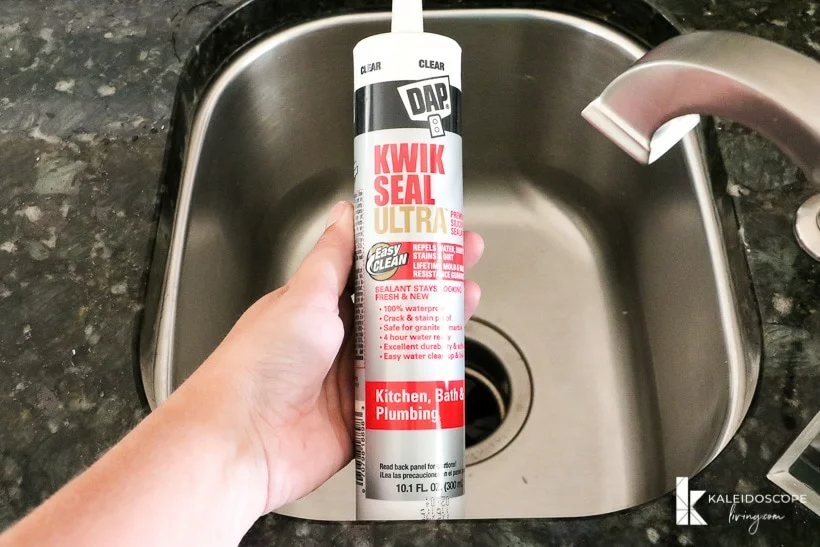
The Importance of Caulking in House Design
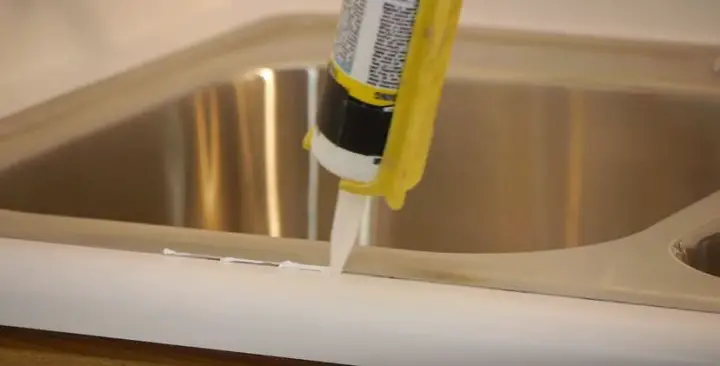 When it comes to designing your dream house, every detail matters. From the color of the walls to the type of flooring, every aspect contributes to the overall aesthetic. However, one detail that is often overlooked but can make a significant impact on the appearance of your kitchen is caulking around a stainless steel kitchen sink. This simple step can not only elevate the look of your kitchen but also provide practical benefits that can prolong the life of your sink.
When it comes to designing your dream house, every detail matters. From the color of the walls to the type of flooring, every aspect contributes to the overall aesthetic. However, one detail that is often overlooked but can make a significant impact on the appearance of your kitchen is caulking around a stainless steel kitchen sink. This simple step can not only elevate the look of your kitchen but also provide practical benefits that can prolong the life of your sink.
Preventing Water Damage
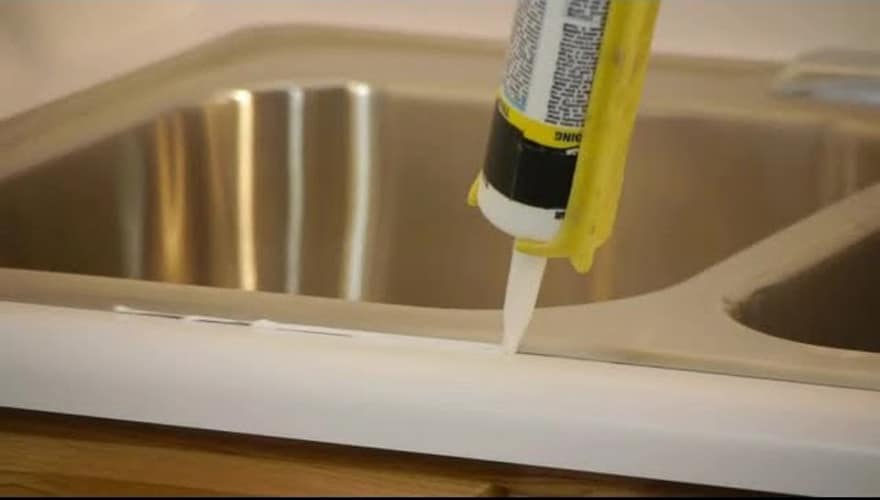 One of the main reasons to
caulk around a stainless steel kitchen sink
is to prevent water damage. Without proper caulking, water can seep into the gaps between the sink and the countertop, causing damage to the underlying structure. This can lead to costly repairs and even mold growth. By sealing these gaps with caulk, you can protect your kitchen from potential water damage and maintain the structural integrity of your house.
One of the main reasons to
caulk around a stainless steel kitchen sink
is to prevent water damage. Without proper caulking, water can seep into the gaps between the sink and the countertop, causing damage to the underlying structure. This can lead to costly repairs and even mold growth. By sealing these gaps with caulk, you can protect your kitchen from potential water damage and maintain the structural integrity of your house.
Avoiding Dirt and Grime Buildup
Aesthetic Appeal
 Caulking around a
stainless steel kitchen sink
not only offers practical benefits but also adds to the overall aesthetic appeal of your kitchen. Unsealed gaps can create an unfinished and messy look, taking away from the clean and polished design of your kitchen. By caulking these gaps, you can achieve a seamless and professional finish that will enhance the visual appeal of your kitchen.
Caulking around a
stainless steel kitchen sink
not only offers practical benefits but also adds to the overall aesthetic appeal of your kitchen. Unsealed gaps can create an unfinished and messy look, taking away from the clean and polished design of your kitchen. By caulking these gaps, you can achieve a seamless and professional finish that will enhance the visual appeal of your kitchen.
Simple and Cost-Effective Solution
 Caulking around a
stainless steel kitchen sink
is a simple and cost-effective solution to improve the function and appearance of your kitchen. It requires minimal time and effort and can be done without the need for professional help. With a small investment in quality caulk, you can achieve a professional and polished look for your kitchen without breaking the bank.
In conclusion, caulking around a
stainless steel kitchen sink
is a crucial step in house design that should not be overlooked. Not only does it provide practical benefits such as preventing water damage and dirt buildup, but it also adds to the aesthetic appeal of your kitchen. So, if you want to achieve a flawless and professional finish for your dream kitchen, be sure to include caulking in your design plans.
Caulking around a
stainless steel kitchen sink
is a simple and cost-effective solution to improve the function and appearance of your kitchen. It requires minimal time and effort and can be done without the need for professional help. With a small investment in quality caulk, you can achieve a professional and polished look for your kitchen without breaking the bank.
In conclusion, caulking around a
stainless steel kitchen sink
is a crucial step in house design that should not be overlooked. Not only does it provide practical benefits such as preventing water damage and dirt buildup, but it also adds to the aesthetic appeal of your kitchen. So, if you want to achieve a flawless and professional finish for your dream kitchen, be sure to include caulking in your design plans.




















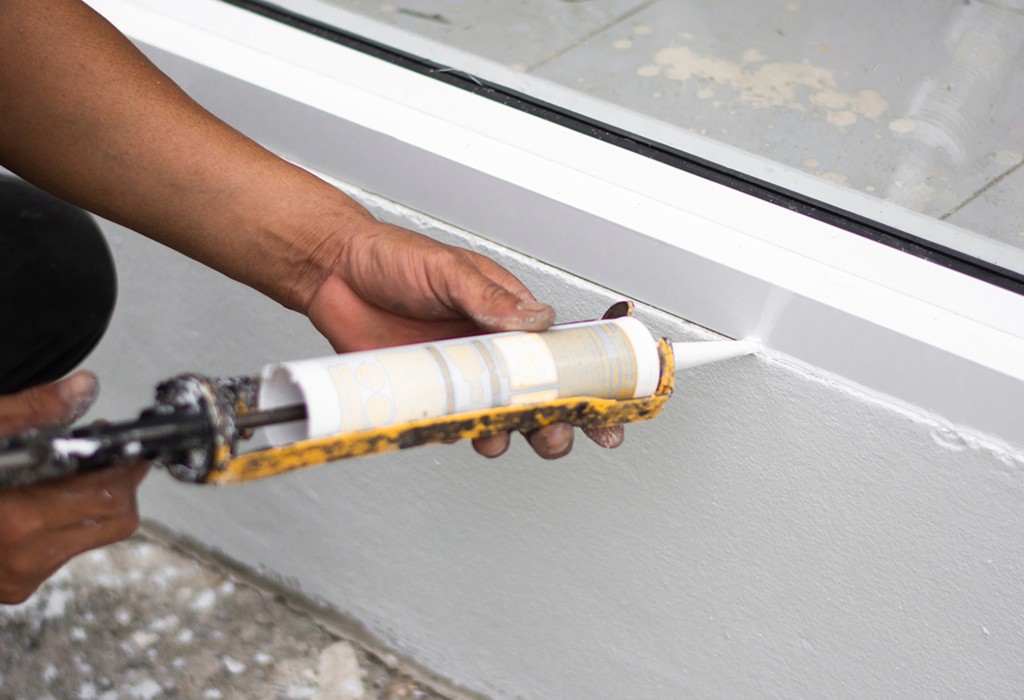

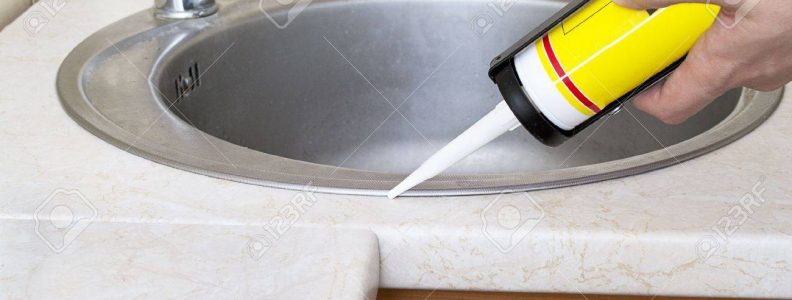





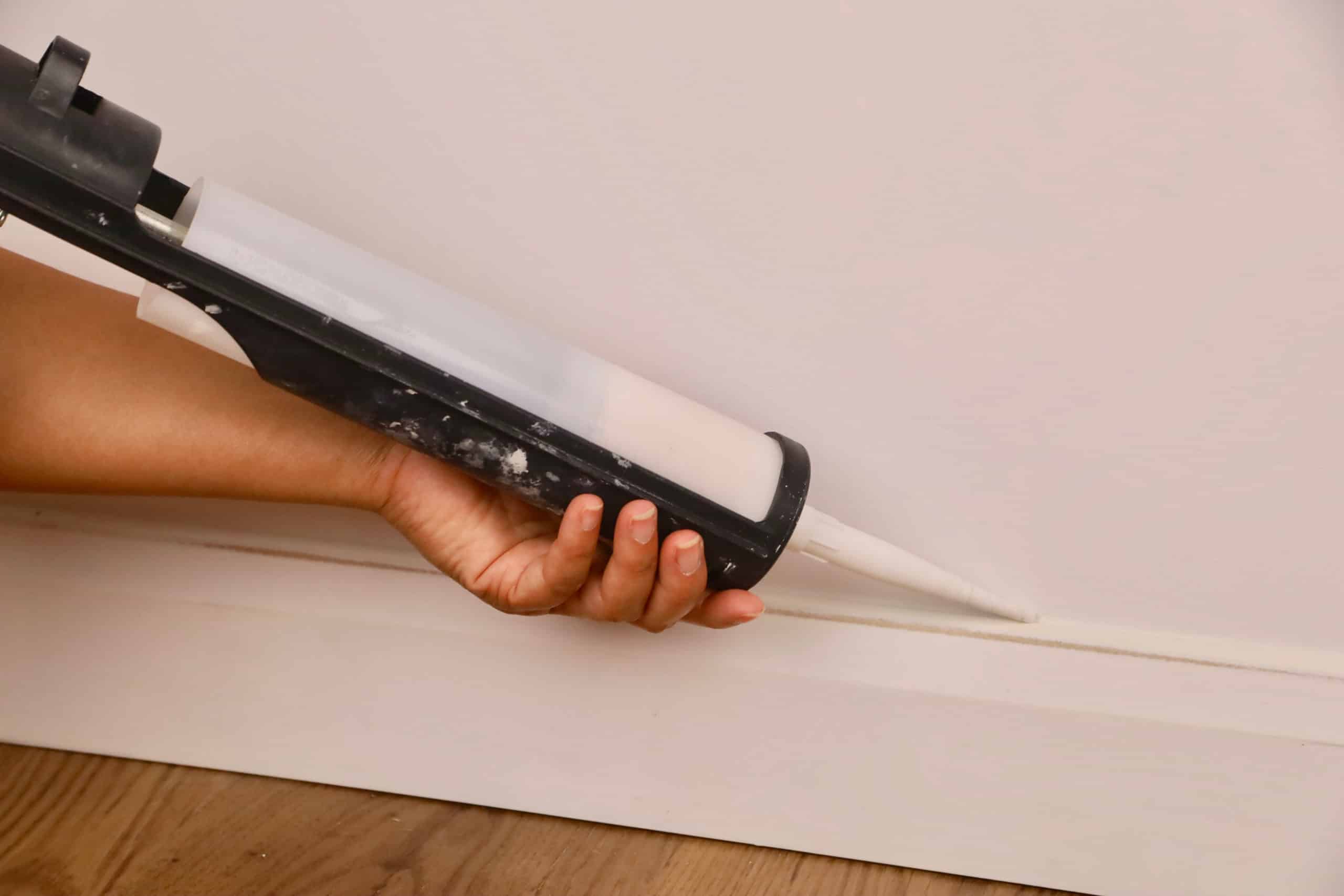

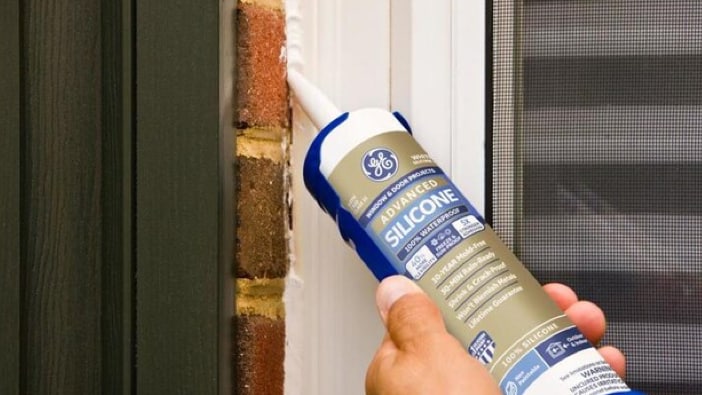
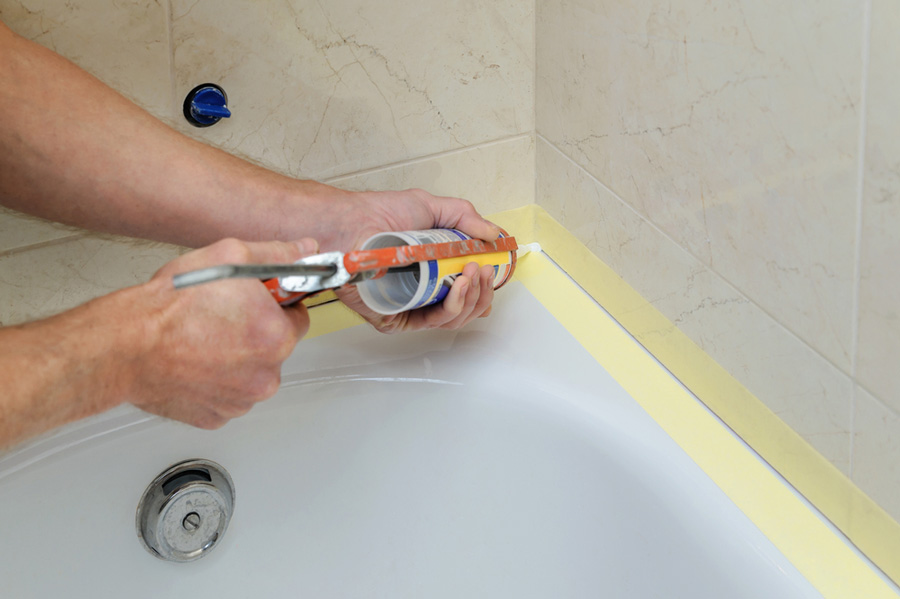


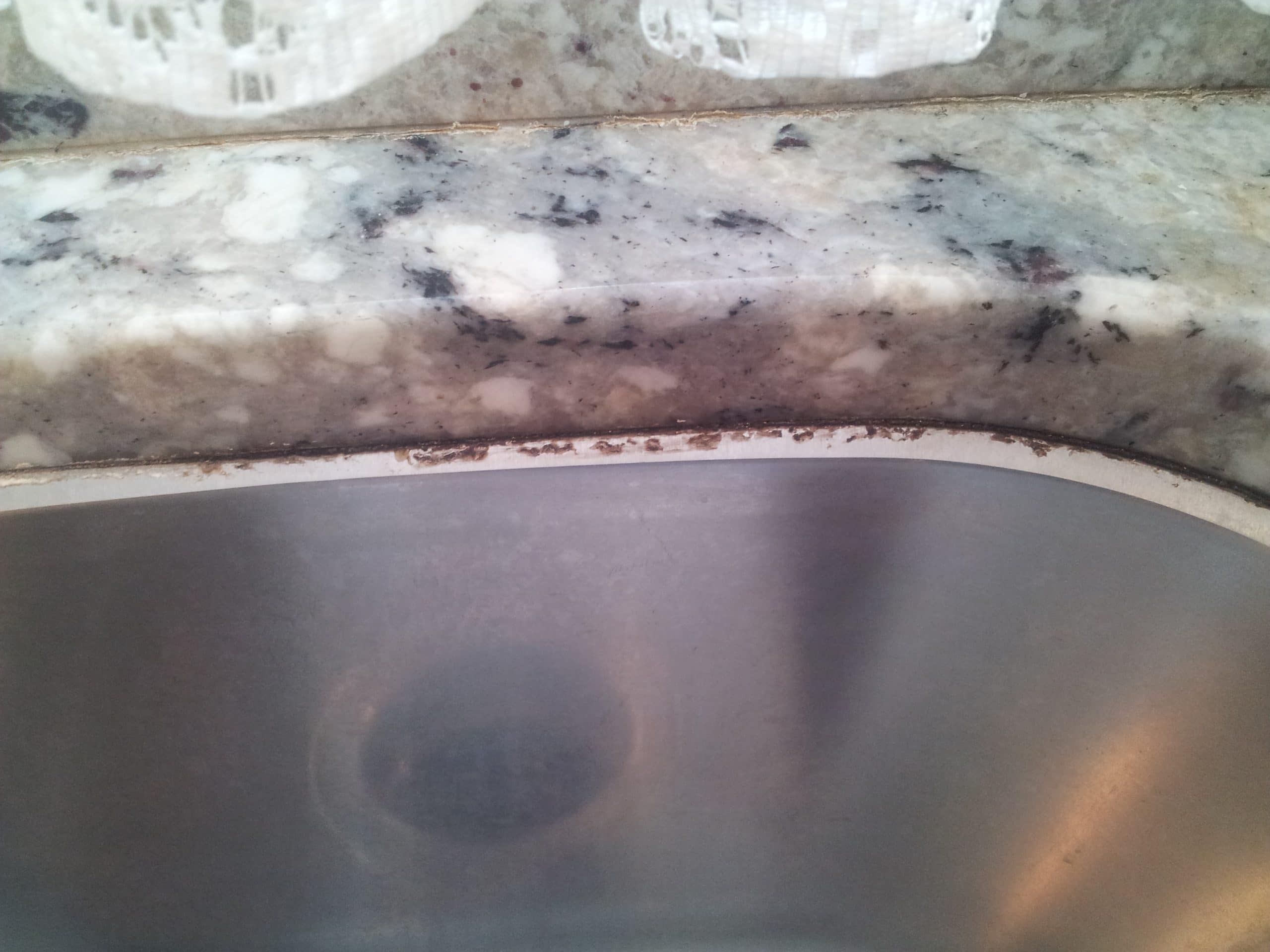





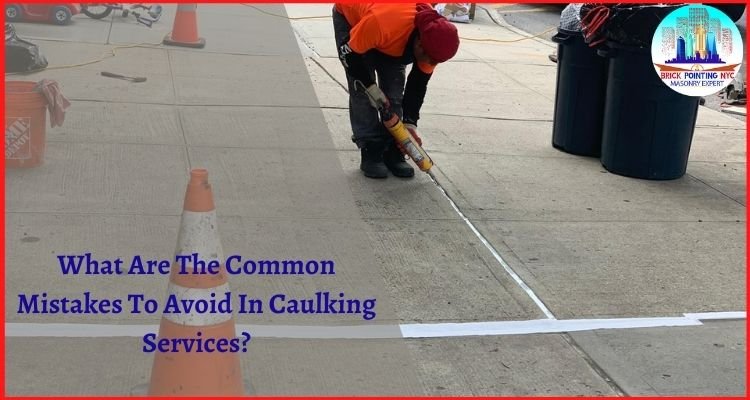

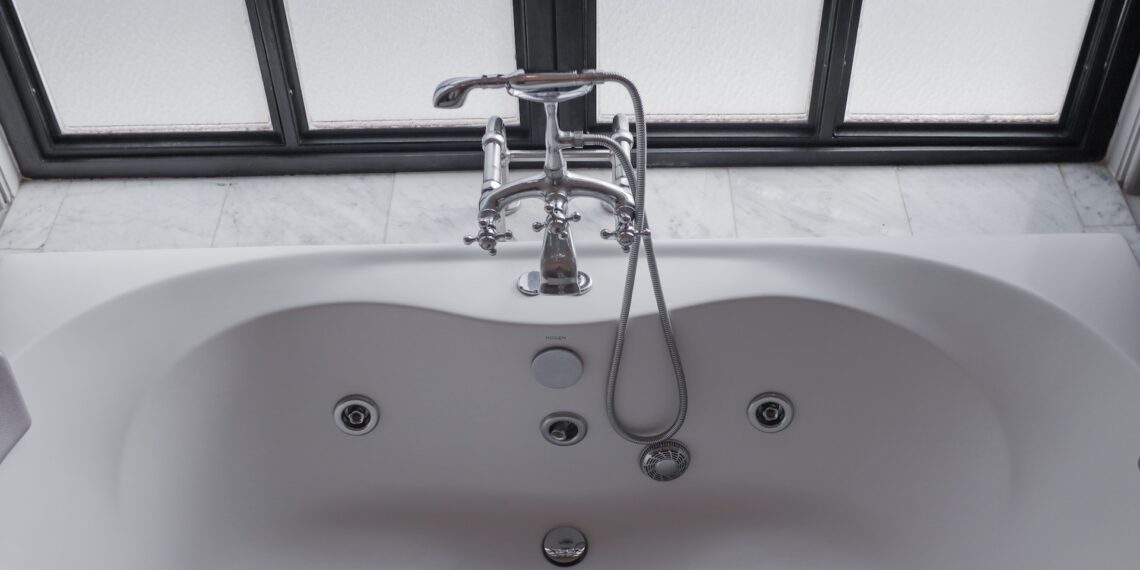
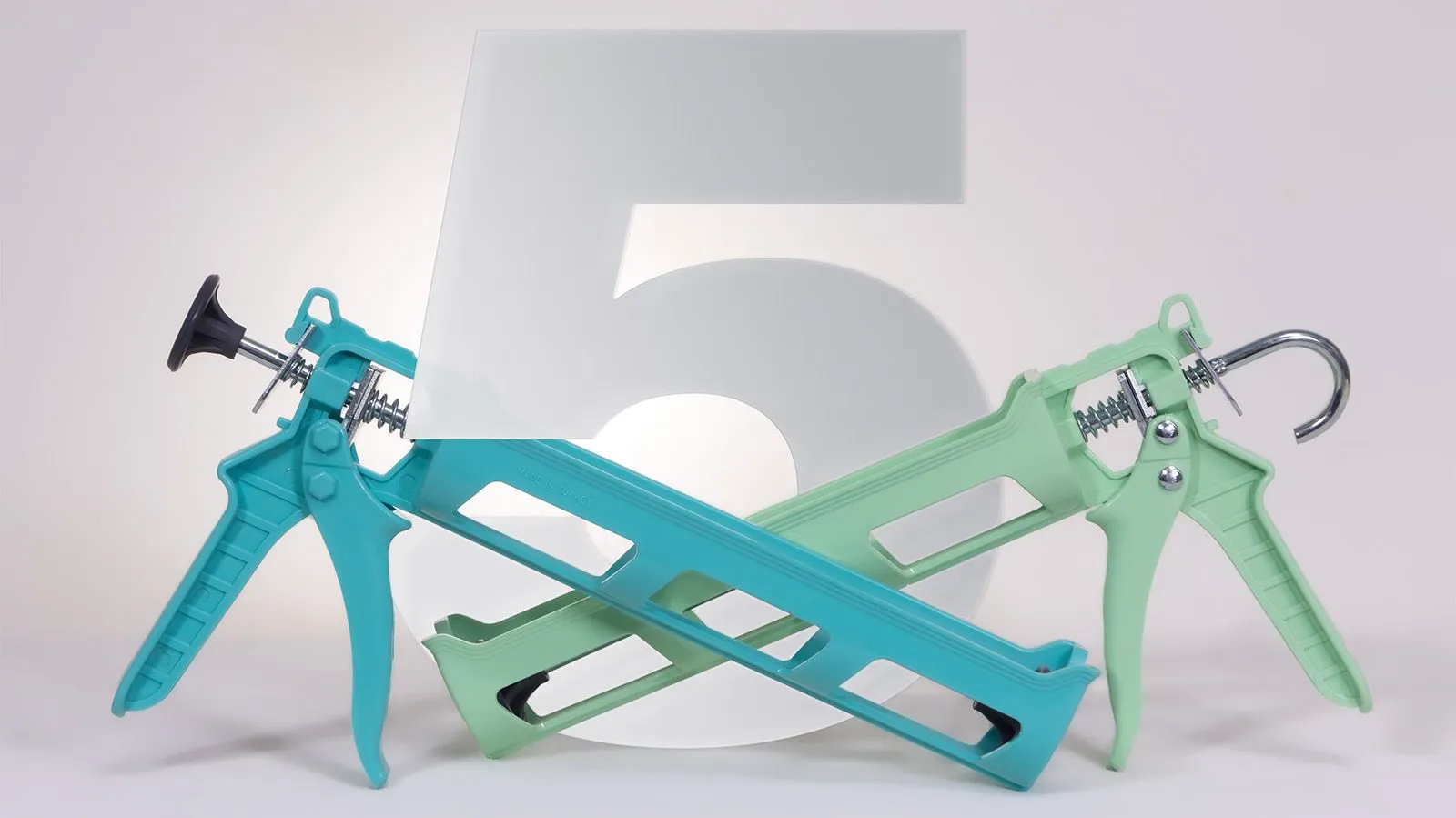

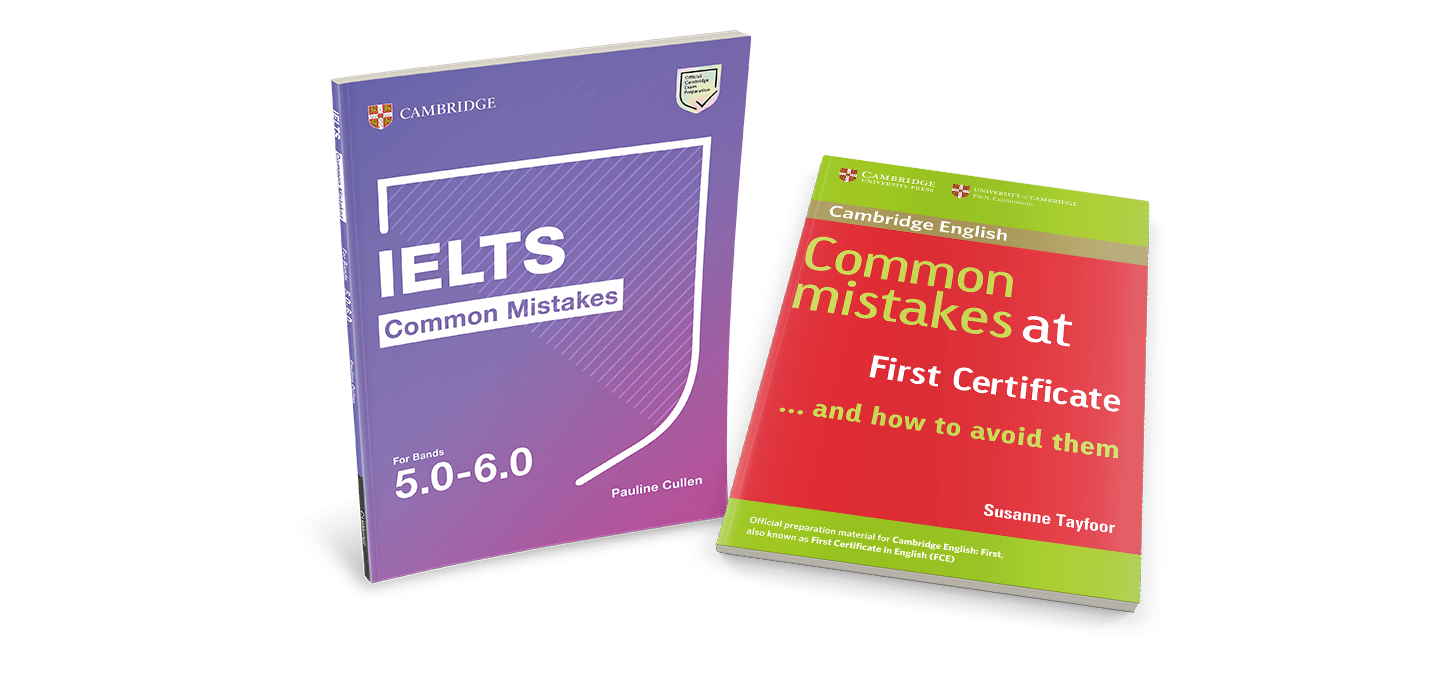





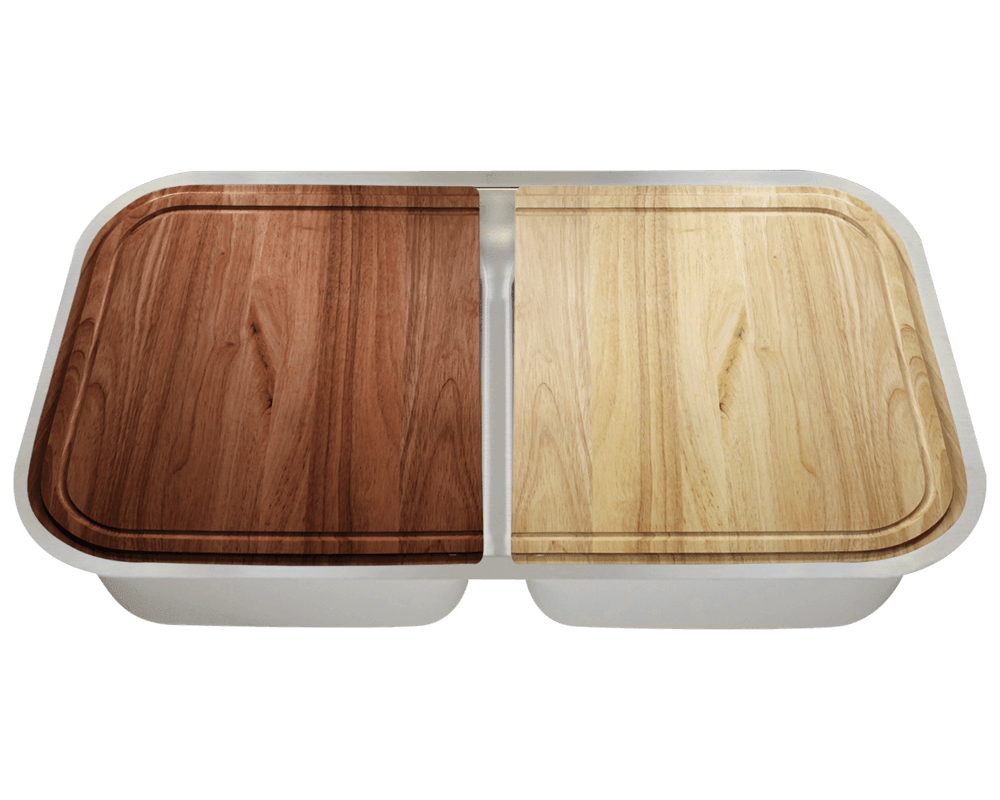

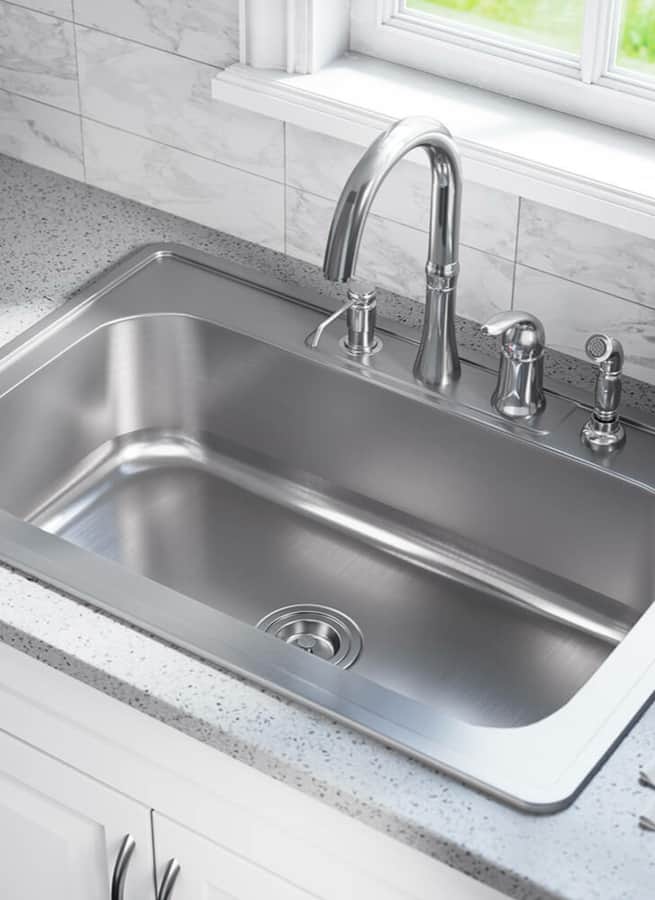
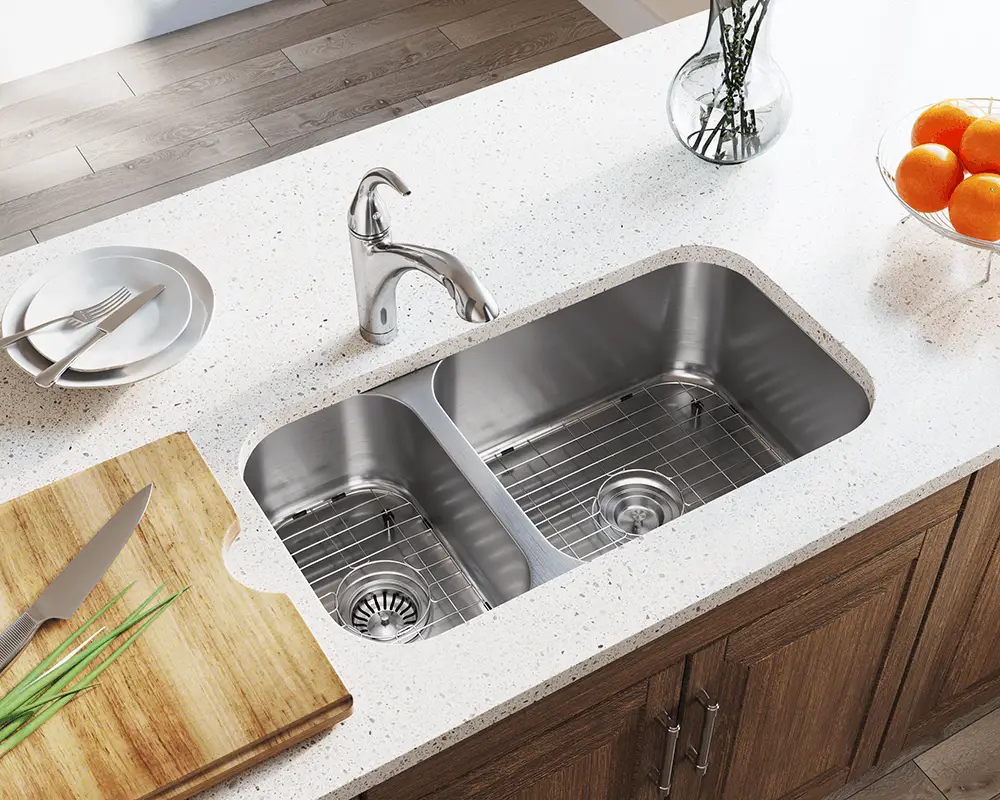
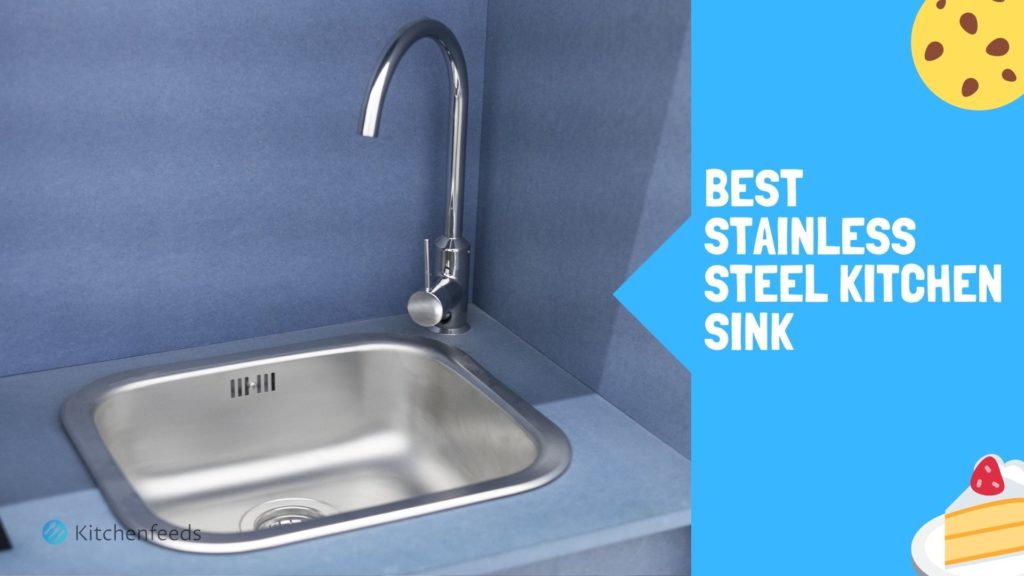










/how-to-remove-old-caulk-1824827-hero-4863fcf5169e426da8f822429ed46301.jpg)
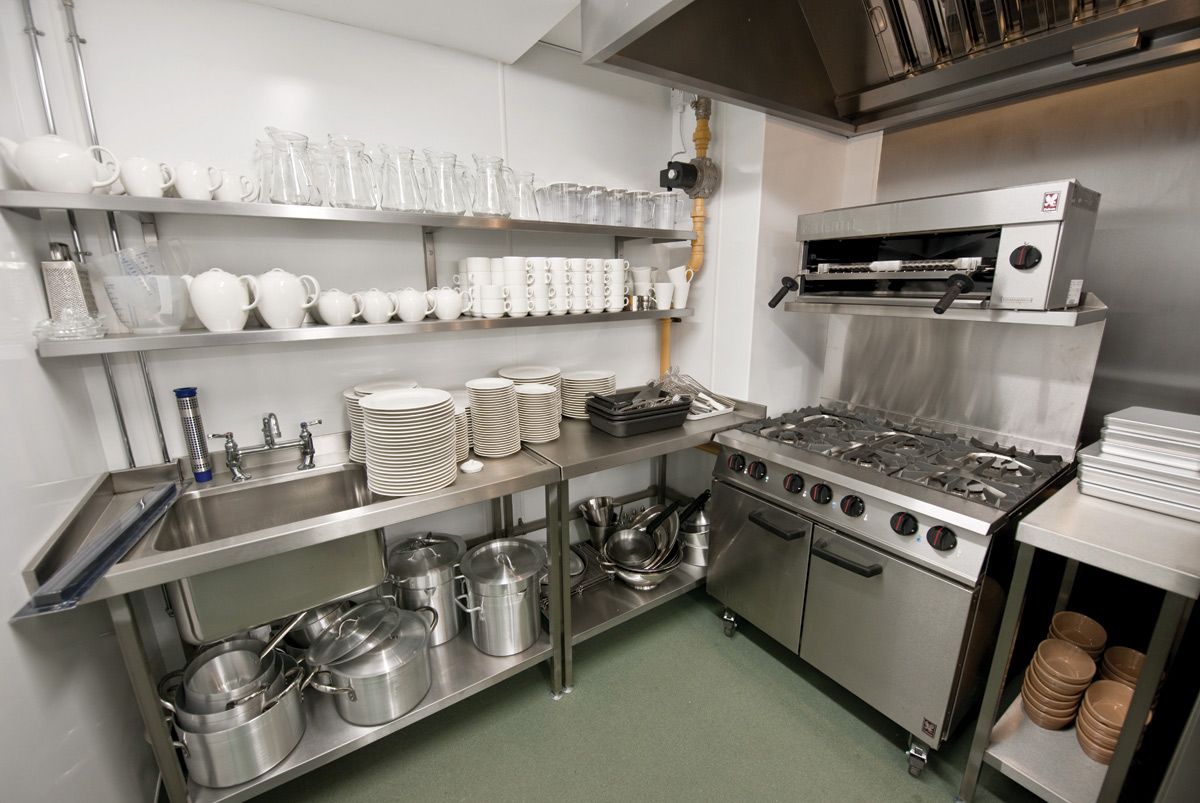


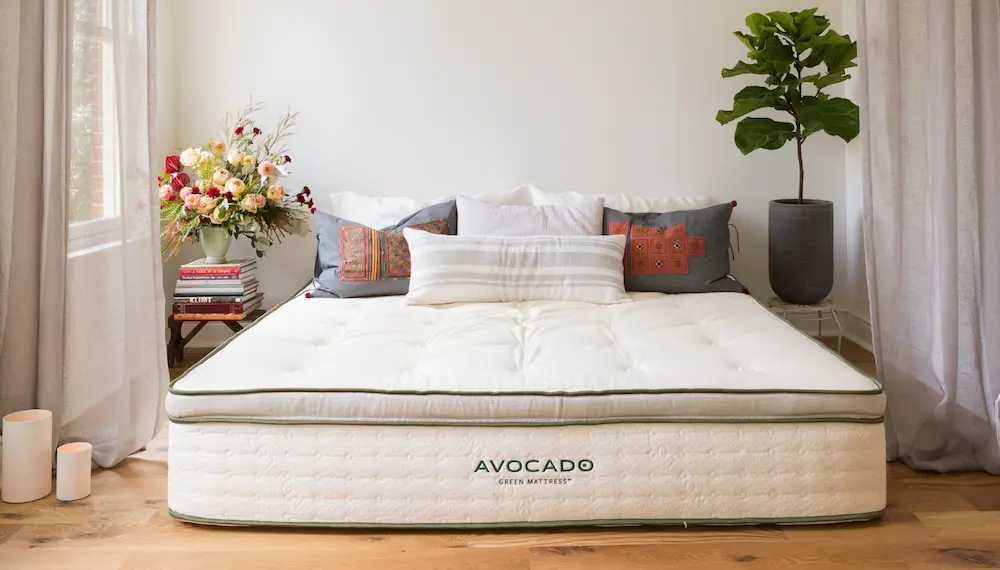

:max_bytes(150000):strip_icc()/Chuck-Schmidt-Getty-Images-56a5ae785f9b58b7d0ddfaf8.jpg)
